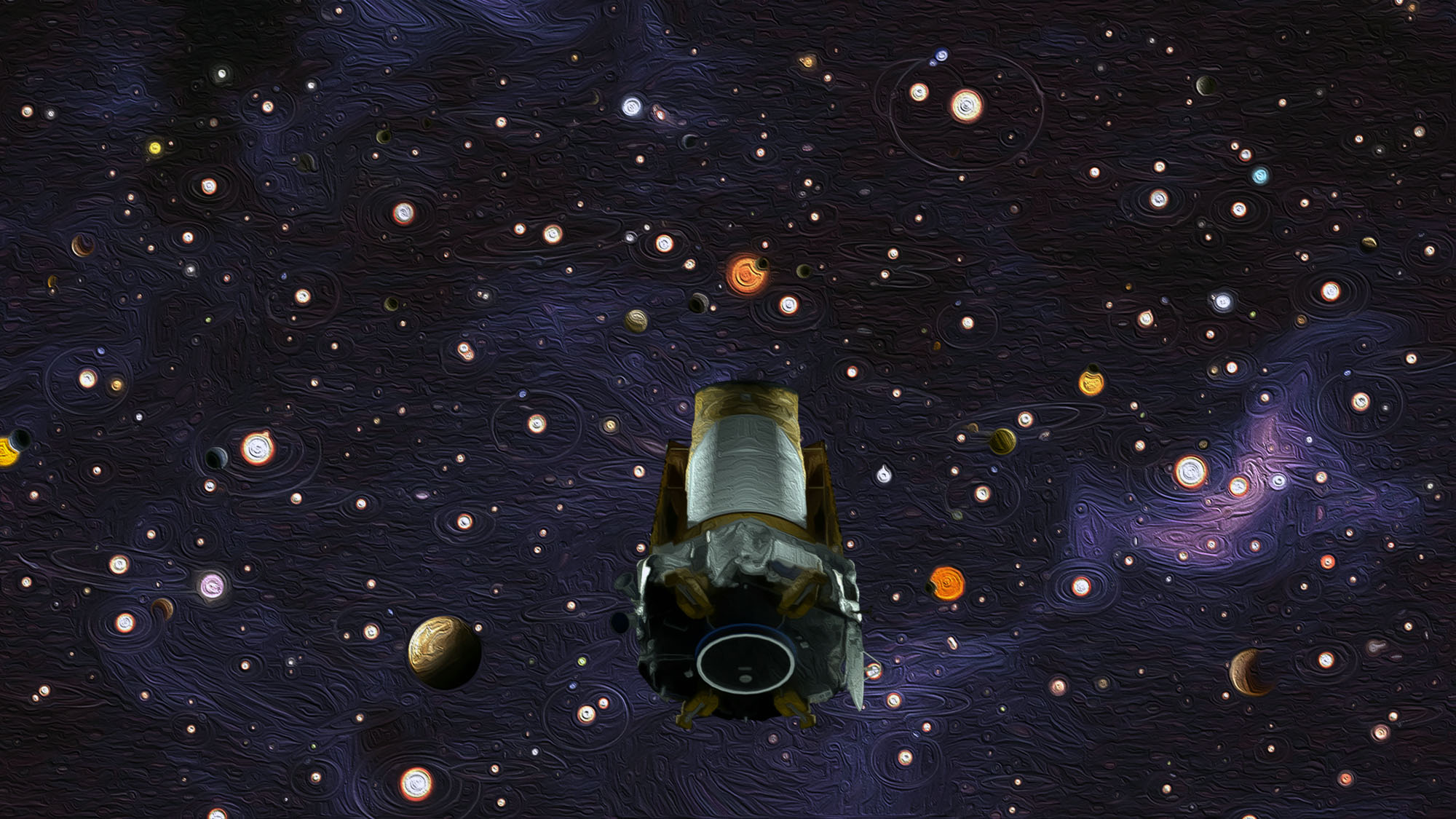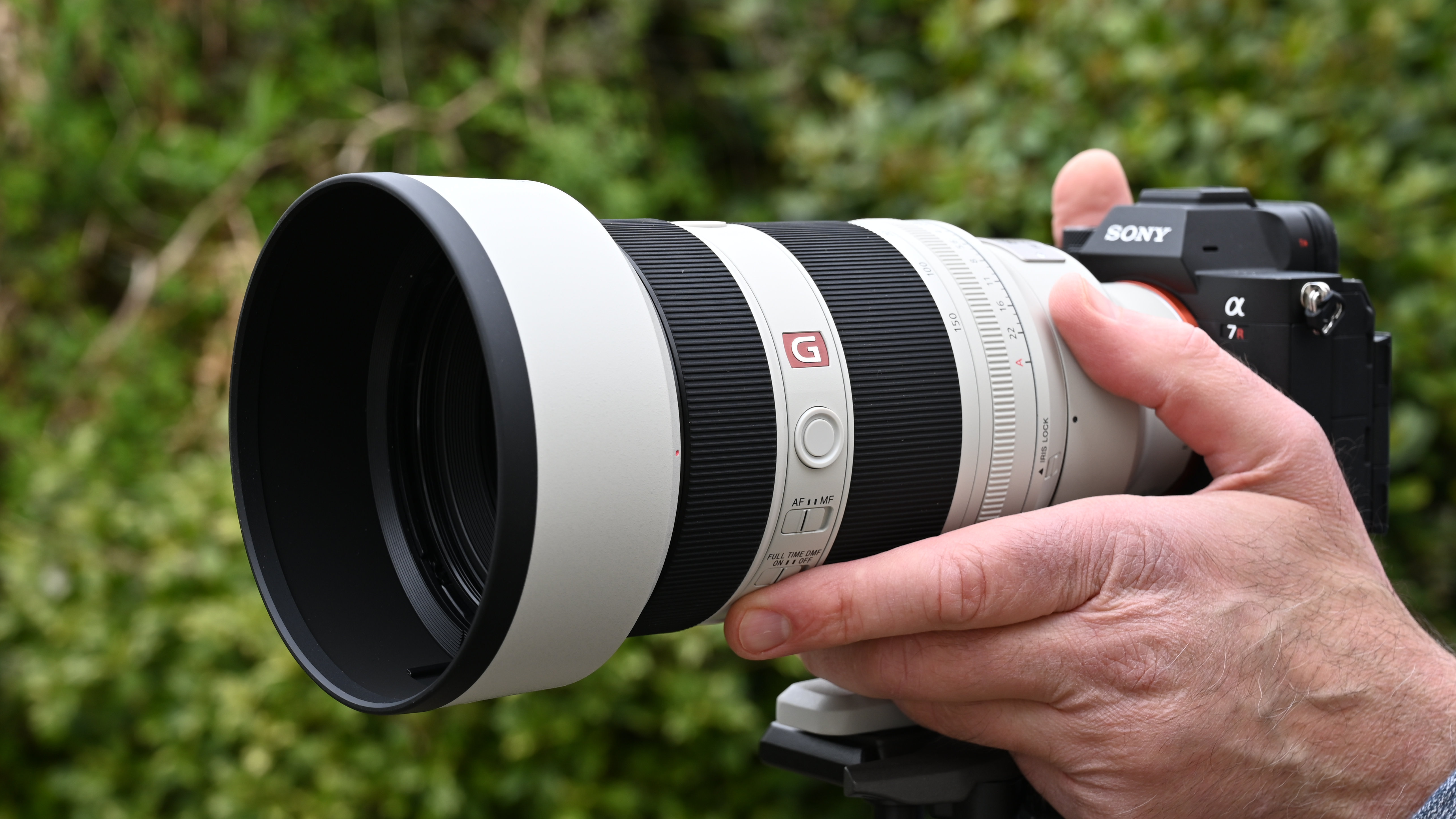RIP, Kepler: 5 things to know about NASA's retired space telescope
Fantastic optics meant it observed thousands of stars and confirmed many more planets.

NASA has officially retired one of its most successful space telescopes, Kepler. After nearly a decade in space photographing the stars, the telescope has left a space legacy that has seen it observe thousands of stars and confirm thousands of planets.
According to NASA, the telescope did far more than what it first expected of the device, expanding our knowledge of life, the universe and everything... you get the idea.
"Not only did it show us how many planets could be out there, it sparked an entirely new and robust field of research that has taken the science community by storm. Its discoveries have shed a new light on our place in the universe, and illuminated the tantalizing mysteries and possibilities among the stars,” said NASA's Science Mission Directorate Thomas Zurbuchen, about Kepler.
But what exactly made the space telescope so special? And, more importantly, what were the optics used to observe the far reaches of the galaxy? Here's 5 things you need to know.
The Kepler team is feeling proud today! There really is no fuel left in @NASAKepler whatsoever. Every single drop of hydrazine was used for science. 💧 That is an astonishing success on top of what already was a wondrous achievement. Thank you @BallAerospace. 🚀 [1/2] #K2Mission pic.twitter.com/scOmkBarT0October 30, 2018
1. It was the largest camera launched in space
When Kepler was launched up into space 7 March 2009, it was the biggest camera ever to go into the solar system. It comprised 42 (quite apt, Hitchhiker's Guide fans) CCDs, measuring 50×25 mm (2×1in) with a pixel count of 2200×1024 pixels each. In total this made a resolution of 94.6 megapixels.
2. It had the largest mirror ever launched into orbit
One of the most important parts of the Kepler telescope setup was the mirror. It used an 37.4-inch front lens that linked up with a 55 inch primary mirror. The 'largest-ever' accolade was short-lived as the Herschel Space Observatory launched a bigger one a year later.
3. The camera used was a Schmidt camera
When Bernhard Schmidt created the Schmidt camera way back in the 1930s, he would have struggled to believe that his design would end up photographing new areas of the galaxy. But that was the camera used, as its strongly curved focal planes were perfect for space photography (or any photography where a large amount of sky needs to be covered). The Schmidt camera on the Kepler is still the largest one of its kind in space.
Get the Digital Camera World Newsletter
The best camera deals, reviews, product advice, and unmissable photography news, direct to your inbox!
What has the @NASAKepler space telescope achieved during its time in space? Take a look at the numbers: https://t.co/Ei3m5dSdvh pic.twitter.com/zIgJw0gRSXOctober 30, 2018
4. Not every pixel made it back home
According to NASA, the sheer amount of data that was captured by Kepler couldn't be stored so it had to be clever about the pixels it choose. This is, according to NASA, how it was done:
"The Kepler camera takes one exposure every 6.5s. Exposures are summed onboard and stored at either 1765.5 s (29.4 min) cadence (a.k.a. 30 min or long cadence) or 58.89 s cadence (a.k.a. 1 min or short cadence). At these data collection cadences, the Solid State Recorder onboard the spacecraft can store only 5.4 million of the 95 million pixels available. The pixels collected are chosen strategically to provide postage stamp images centered on the positions of targets of interest."
5. Scope with a view
Kepler's field of view was, obviously, fixed against the sky. It had 115 square degrees, which equates to around 0.25 percent of the sky. So, if you wanted to capture the whole sky you would need 400 telescopes of Kepler's capacity - something we are sure NASA is working on...
Read more about Kepler and its fantastic voyage on Space.com.
A technology journalist who has been in the industry for 17 years, Marc is the former editor-in-chief of TechRadar and has also steered the ship for technology brands including T3, Tom's Hardware and Tom's Guide, and is currently the director of Shortlist Media and co-owner of Shortlist.com.
An expert in the field of camera phones and mobile tech, Marc has been a long-time specialist when it comes to phone reviews, hands-on coverage, reviews and rumors. As a frequent visitor to big trade shows like CES, he has also had boots on the ground for the latest camera announcements and breaking developments in fields such as 8K video.

